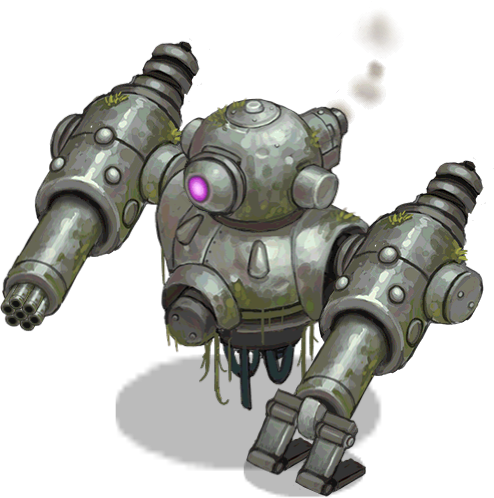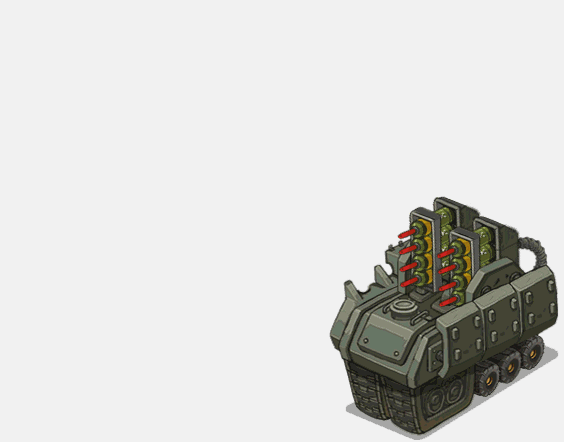

It also has less armor protection, though some captured examples have the useless ‘cope cages’ seen at the start of the war, frameworks set over the turret in the vain hope they would cause anti-tank weapons to detonate before hitting the tank. It has a smaller and less powerful gun than later tanks, so it requires its own unique ammunition. This type was first introduced in 1961, and the last one rolled off the Soviet production line in 1975, though North Korea continued to make them for another decade. Some have suggested that only 1 in 10 are still running, but it is hard to know how seriously to take this number: very likely nobody, including the Russians, really knows.īut now the shortage of modern types is forcing Russia to resort to T-62s. However, years of neglect and poor storage conditions (not to mention corruption and theft) means that many of the vehicles have been cannibalized to keep the others running. According to the Military Balance 2021, quoted in Kyiv Independent, Russia has over 10,000 battle tanks in storage, mainly T-72s and T-80s. In theory Russia has thousands of tanks waiting in giant warehouses and vehicles parks which can be reactivated.


Ministry of Defence stated, referring to the T-62s. “Their presence on the battlefield highlights Russia's shortage of modern, combat-ready equipment,” the U.K. Analysts speculated that the T-62s would be used to backfill training and reserve units so that more modern tanks could be sent to Ukraine to make up losses, so seeing one in Ukraine was a surprise. The T-62 is not supposed to be in frontline service.


 0 kommentar(er)
0 kommentar(er)
